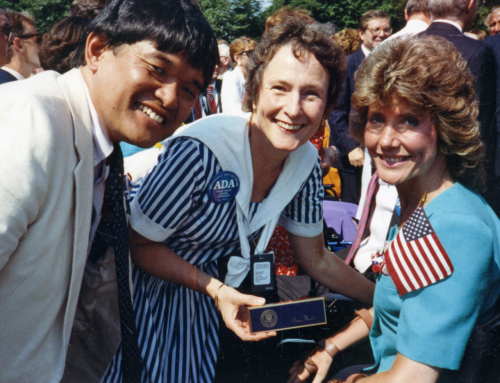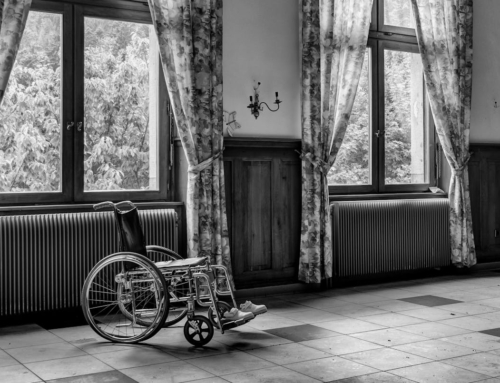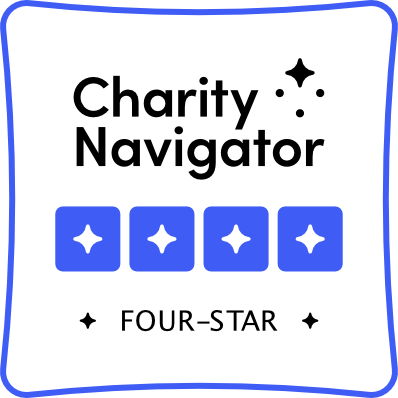The Impact of ADA in the Life of a Father
Overwhelming needs
Parents of a child with a disability typically feel shocked when first given a disability diagnosis. Disability services bring order and stability to parents’ chaotic lives so that they can care for their entire family, but especially their newborn with a disability. That’s why I, as just one father, am grateful. Thank God for disability services! If you have a family member with a disability, you know how important services are to remain functional.
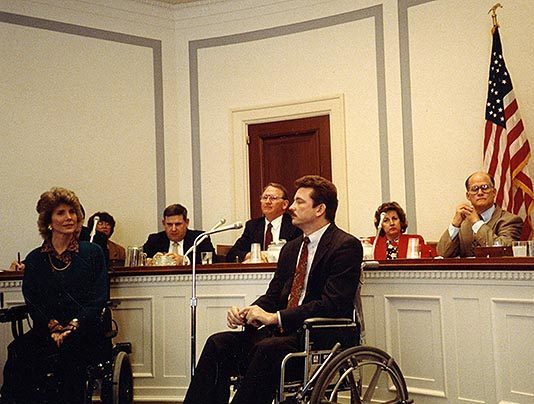
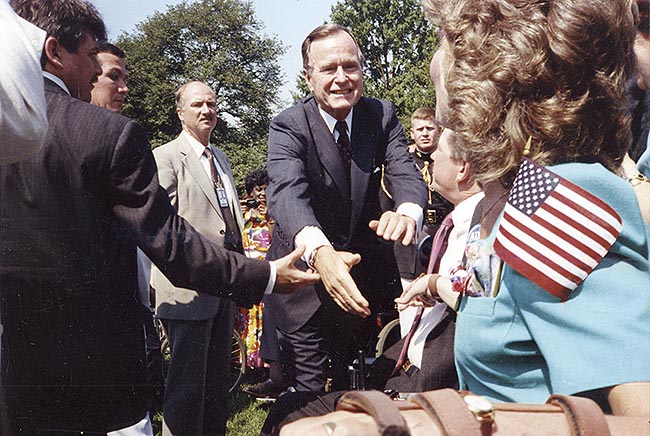
Caring for people with disabilities and their families is critical. When most people first hear about the Americans with Disabilities Act (ADA), they think about advocacy and policymaking. While that may be accurate, most of us who rely on the provisions of ADA, people with disabilities and their families, just want to survive. To us the ADA became part of our life the minute we found ourselves using the disability services systems, even if we knew nothing about ADA or how it works.[i]
Your daughter has Down syndrome
When our daughter was born with Down syndrome, the hospital informed us that, once we got home, a local disability services representative would come to our house to evaluate our daughter and make recommendations for early intervention services. The thought never occurred to us to say No thank you. Why would we? Our daughter needed those services to survive. As parents, we needed them. The disability services system was also the point of entry for our school system. After graduation our daughter would need supports for life. It became clear that she and we would participate in the disability services systems her entire life.
How did I as a dad respond to the disability services counselor when she first walked through our front door? Gratefully. In her very first visit I asked her, “Well then what can I do?” Our wise disability services representative responded, “I’ll bring you an application to serve on the North Los Angeles Regional Center board,” to which I responded, “Please do.” Her reasoning was that the services systems was driven by family input and evaluation at all performance levels. As a dad, becoming a board member taught me to navigate the complex disabilities services systems. What is more, as a pastor, it helped me to understand how to encourage families new to the disability experience.
I accepted my newfound board responsibilities with enthusiasm and interest. But the specter of my daughter entering an institution one day after my wife and I passed was a dark cloud over our family’s future. The more I got informed about the services systems that might one day force my daughter into an institution of some sort, my fears only increased. Growing up in New York and being familiar with the Willow Brook institutional crisis taught me that institutionalization was a life sentence to misery and potential abuse.[ii] I prayed for a solution.
Disability services have grown like a fruit tree.
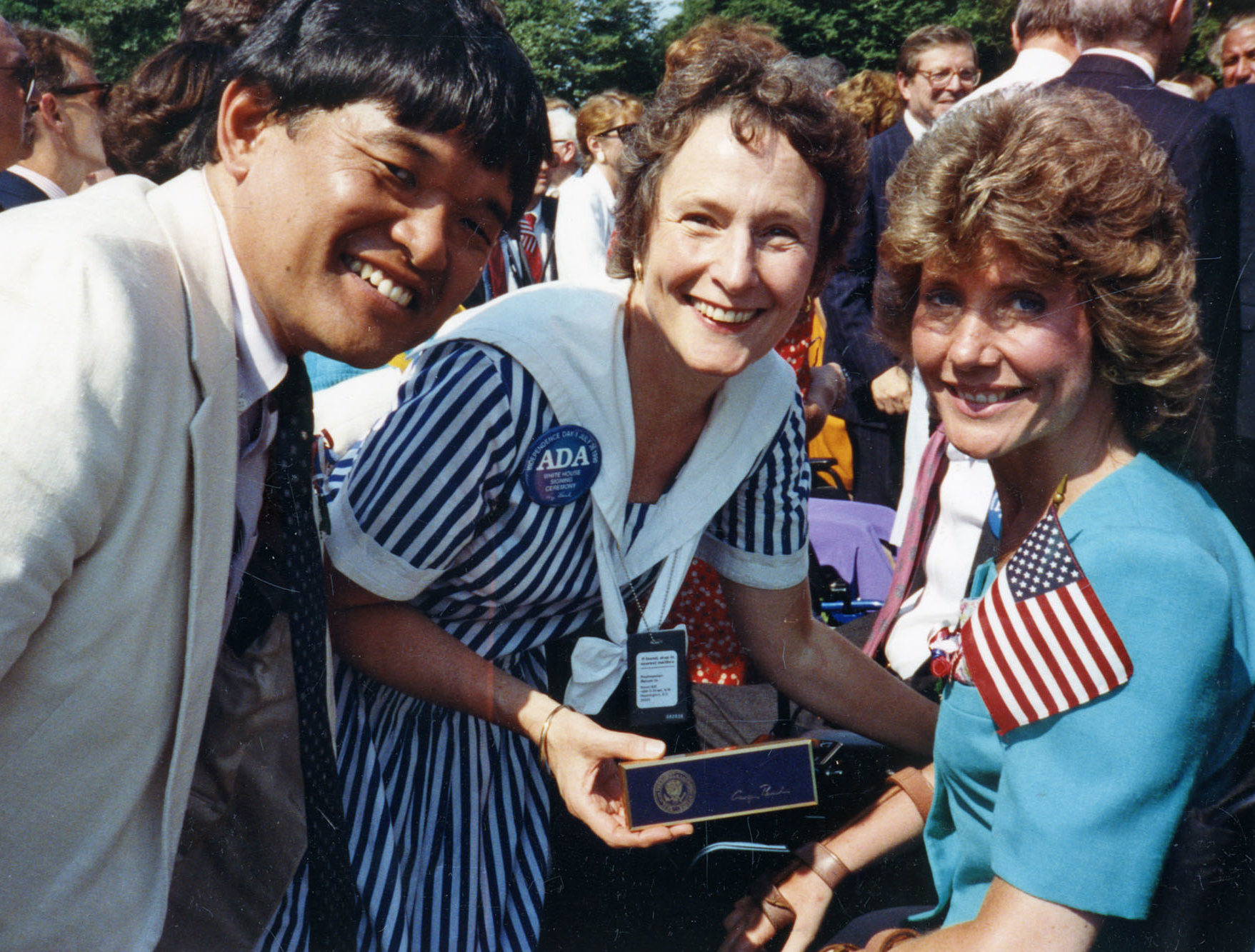
God answered my prayers. The year my daughter turned two Congress signed the Americans with Disabilities Act (ADA). The ADA was a fulfillment of disability dreams. To appreciate the historical forces at work which led to the ADA, it helps to understand the seeds planted in earlier days. Those seeds which survived sprouted roots in the form of earlier disability policy and charters. These root documents and acts matured into blossoms. We see and smell the blossoms that provide for and protect people with disabilities today despite the gaps that still exist. The fruit is slowly ripening.
Seeds. In the 1970 and 80s the courts were busy responding to legal complaints regarding expanding access to employment, education, housing, and health care. At that time, heroic caregivers with the best intentions were not given the support they needed to design programs that would minister care to people with intellectual and developmental disabilities. Most critically, the residential institutions were exorbitantly expensive, grossly understaffed, and inhumane to residents.
Roots. A sweeping civil rights bill passed in 1990 that we know as the Americans with Disabilities Act. The ADA prohibits discrimination based on disability in employment, State and local government, public accommodations, commercial facilities, transportation, and telecommunications. Even after ADA passed there were still many gaps in the systems. Most concerning, people with disabilities could still be institutionalized.
Flowers. The Olmstead Act of 1999, the 25th anniversary of which we celebrated in June of 2024, took ADA several steps further, particularly for people with intellectual or developmental disabilities by addressing institutional abuse. On June 22, 1999, the Supreme Court ruled in Olmstead v. L.C. that unjustified segregation of people with disabilities in institutional care is a form of unlawful discrimination.
Ripening Fruit. Now, people with disabilities had a right to receive state-funded supports while living in the community rather than in institutions. What is more, residing in the community costs shockingly less. In 2009 the National Council on Disability demonstrated that the annual cost for institutionalized care was far more than community-based supports in every state. It cost $188,000 for every person in an institution versus $43,000 in community-based services.
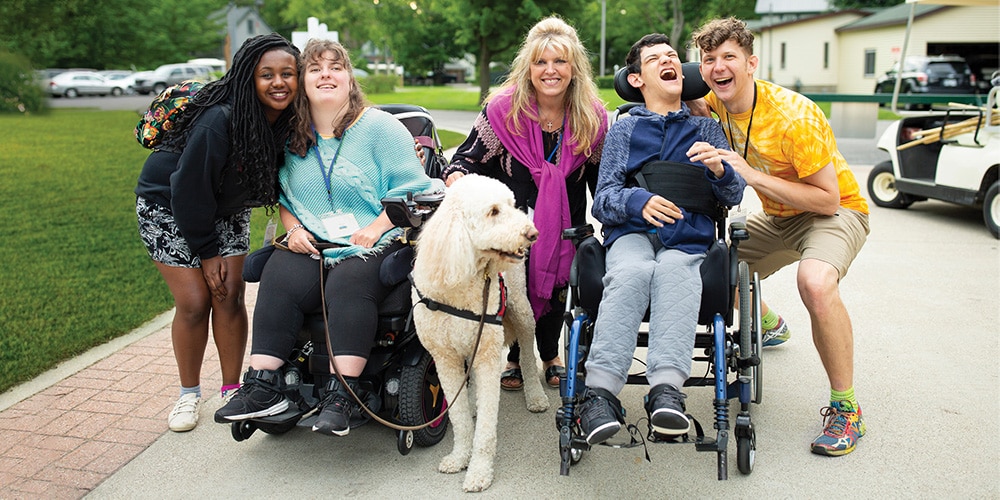
The best news is that quality of life has increased exponentially for people with disabilities in community-based residences and services. Their dream for becoming citizens with rights and responsibilities has come true. The oft-quoted slogan, “We don’t want charity; we want a job” is finally being heard and is gaining a response. Yes, the fruit is ripening.
Just how comprehensive is the disability services system? It includes attending schools, holding jobs, living in homes, and much more. Nobody can be segregated from society or denied deciding what is best for themselves. Institutions such as nursing homes, psychiatric hospitals, or developmental disability residential facilities are closing or repurposing. The Willowbrook residential institution on Staten Island in NY, once housing 5,400 people with IDD, now trains social services providers for disability services systems!
No longer do institutions decide what people must eat, who or if they can date or marry, even when they can go outside. Slowly society is shedding its institutional bias against people with disabilities. As a dad, it has been a blessing to watch the disability services systems come full circle in the last thirty years.
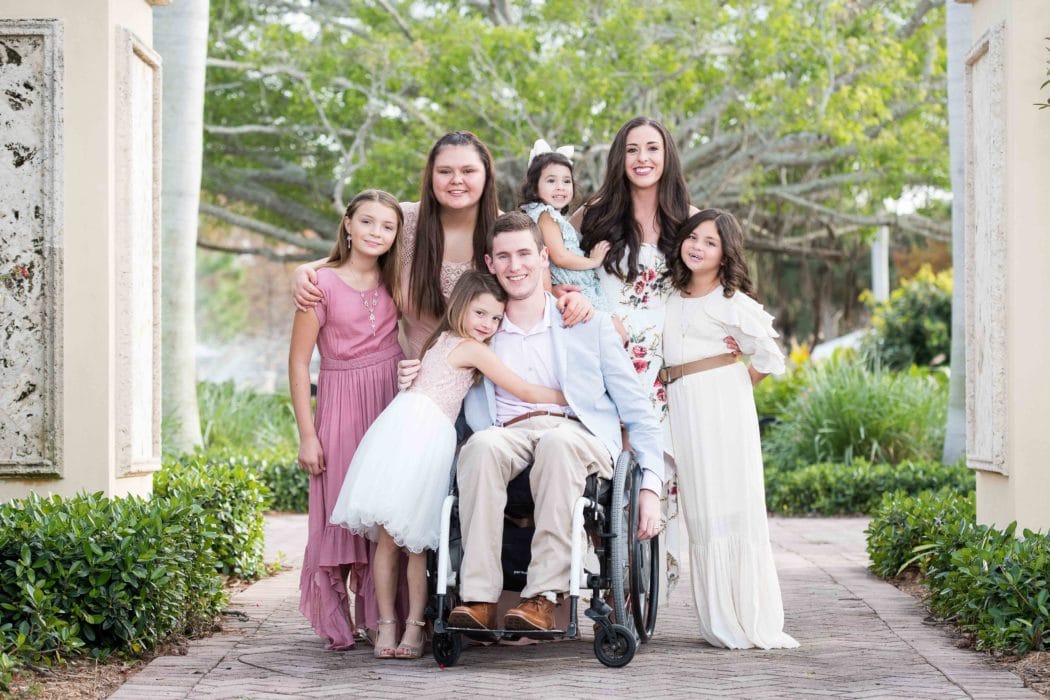
A time for gratitude
Our early intervention disability service coordinator who first came to our door when my daughter was born set me on a course to appreciate and support the services my daughter has received through my contributing to the disability systems in board, committee, and council activity. Several years after her first visit I found myself serving on a Governor’s advisory committee for the California State Council on Developmental Disabilities.
Today, thirty-five years later I chair the New York State Council on Developmental Disabilities. I also participate in UN activities through the Conference on States Parties under the banner of the Convention on the rights of People with Disabilities (CRPD).
For anyone with a disability and their family, ADA, Olmstead, and the ongoing refinements are a blessing for which we must thank God. We must also assume our responsibility to contribute to the disability services systems and the charters under which they operate such as ADA. It is a deeply satisfying work, but most critically it is a way to give back with gratitude and a full heart.
Written By—Dave Deuel, PhD
Dave Deuel is married with four adult children, one daughter has Down syndrome. He also has a sister-in-law who has an intellectual disability. He is Academic Dean Emeritus for the Master’s Academy International, Senior Research Fellow Emeritus and Strategic Alliance SME for the Joni Eareckson Tada Disability Research Center, and Catalyst for the Disability Concerns Issue Network, the Lausanne Movement.
He served as Old Testament professor and department chairman at the Master’s Seminary for 10 years and in pastoral roles of local churches, five of which were church plants. He is currently elder for pulpit and interim pastor for area local churches in upstate New York.
- See the ADA site for details: https://www.ada.gov/resources/disability-rights-guide/#:~:text=The%20ADA%20prohibits%20discrimination%20on,to%20the%20United%20States%20Congress. (6.28.24).
- For an accurate and shocking picture of institution life for people with IDD, see The Path Forward: Remembering Willowbrook, https://www.youtube.com/watch?v=ev80qEtp2u4 (6.28.24).

Disability in Mission
Disability in Mission: The Church’s Hidden Treasure outlines a radical change in approaches to missiology, missions, and praxis for the twenty-first-century global cultural context. It explores a pattern whereby God works powerfully in missions through disability and not in spite of it.

